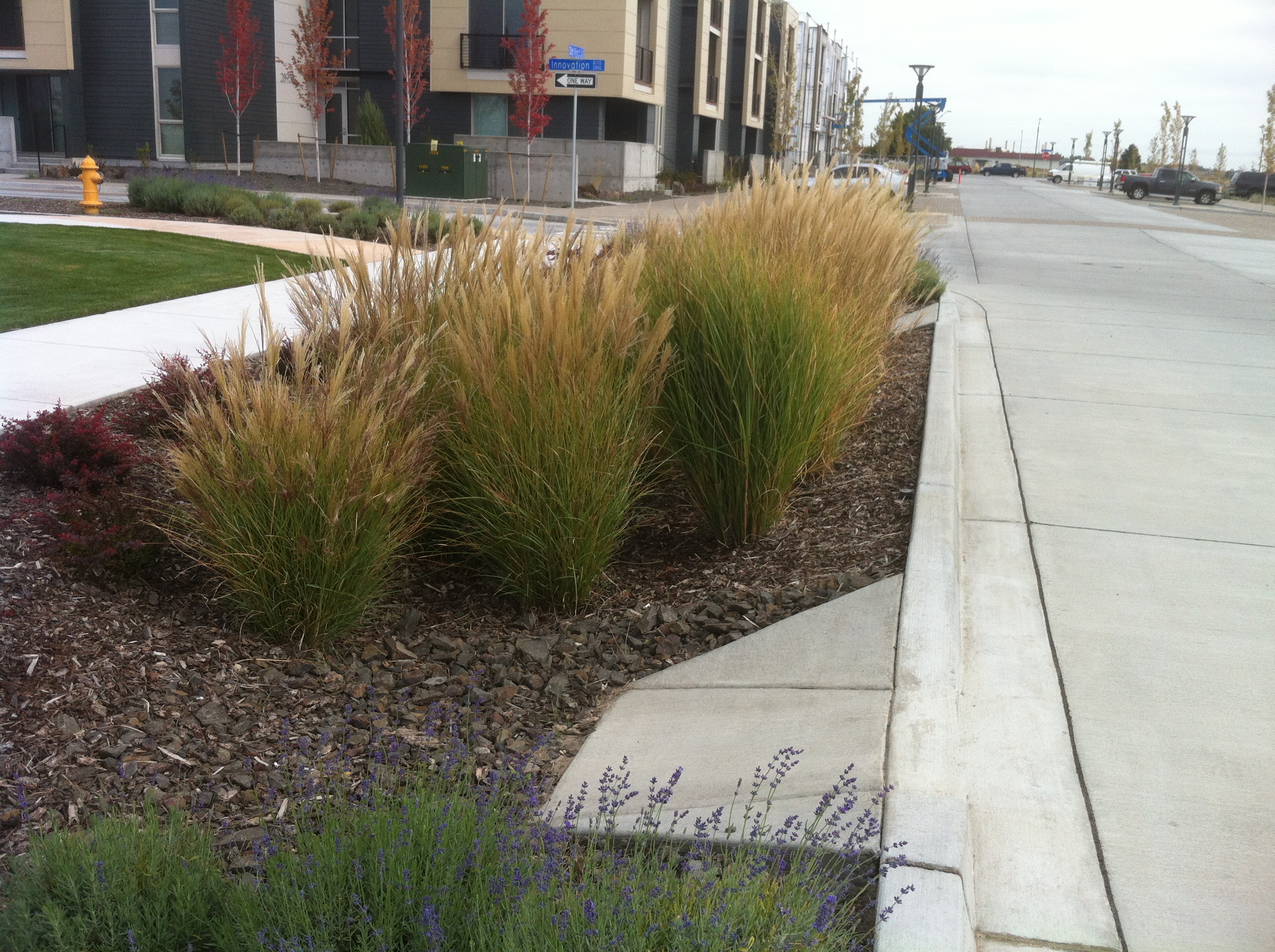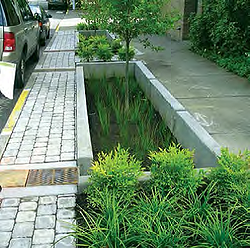Recently, Bryan Cole wrote a blog post that defined Green Infrastructure and Low Impact Development (LID) and discussed the benefits of Green Infrastructure thinking. Over the years, I’ve encountered a number of skeptics when it comes to integrating Green Infrastructure and Low Impact Development practices into design.
What I’ve found is that there are many misconceptions, or myths, about Low Impact Development and a lot of confusion. There are numerous benefits to using LID practices, and today I’ll address some of the most common myths I've heard.
Misconceptions about Low Impact Development
Myth# 1 - LID isn’t Worthwhile
Not so fast – there are many community and environmental benefits of LID:
Myth # 2 - LID is Expensive

LID has actually been shown to reduce construction costs. Some of the ways that LID techniques save money are by: reducing pavement surfaces and road widths; integrating stormwater handling into landscape areas (which reduces the cost of separate stormwater facilities); and maintaining the natural landscape areas (which reduces landscape costs and stormwater volume).
Several case studies are available that demonstrate the cost savings of LID implementation here: http://water.epa.gov/polwaste/green/upload/bbfs3cost.pdf
Myth # 3 - LID is Unattractive and Difficult to Incorporate
This myth can be de-bunked by simply observing properly implemented LID techniques. LID techniques are generally very aesthetically appealing, have the effect of improving the appearance of streetscapes, neighborhoods, and parking areas and fit within the project footprint. Some of the additional benefits of LID are adding park-like elements to streets and parking areas, providing habitat for animals and beneficial insects (bees and butterflies), calming streets and improving public safety, reducing urban heat effect, and providing recreational opportunities in the form of pedestrian access routes.
Myth # 4 - LID does not Work
Constructed LID techniques have been shown in numerous case studies to provide significant environmental benefits over traditional stormwater practices. LID elements have been shown to reduce the total stormwater runoff, reduce the peak stormwater discharge rate, and remove pollutants from stormwater.
More information on the effectiveness of LIDs can be found at: http://water.epa.gov/polwaste/green/upload/bbfs5effectiveness.pdf
Myth # 5 - LID is too Difficult or Costly to Maintain
Case studies have been performed throughout the United States that compare the installation, operation and maintenance costs of LID techniques versus traditional stormwater handling methods. In general, it has been found that the infrastructure costs of LID are lower than the infrastructure costs of traditional stormwater systems. This is because the stormwater elements are integrated into areas that would have been landscaped anyway—without also needing to construct separate stormwater facilities.
It is true that the maintenance costs of LID may be higher for the first several years as vegetation becomes established. After the initial few years, the operation and maintenance costs of LID will be lower than the cost of maintaining traditional stormwater facilities because the LID maintenance costs will be roughly equivalent to traditional landscape maintenance costs, without the additional costs of maintaining the traditional separate stormwater facility.
I hope I've addressed some of your pressing questions and de-bunked common myths. I'd love to hear about your experiences with LID, and talk in greater depth about this topic. Connect with me through email, LinkedIN or by phone. My information is listed by the top of the page.
Additional Resources:
http://www.eorinc.com/pdf/development-maintenance-cost.pdf
http://water.epa.gov/polwaste/green/upload/bbfs6maintenance.pdf



